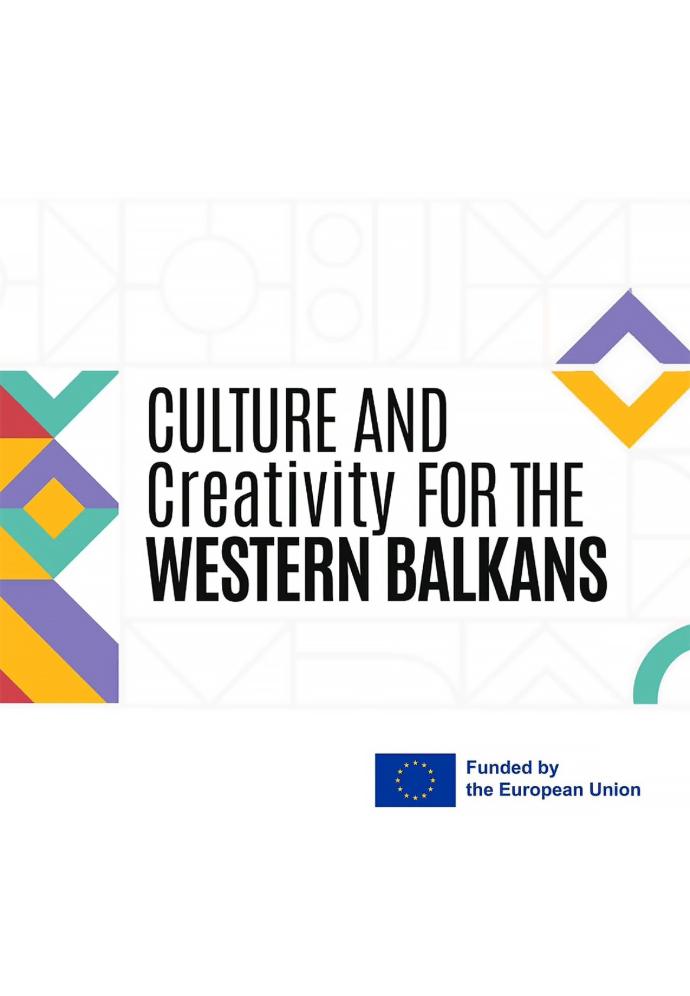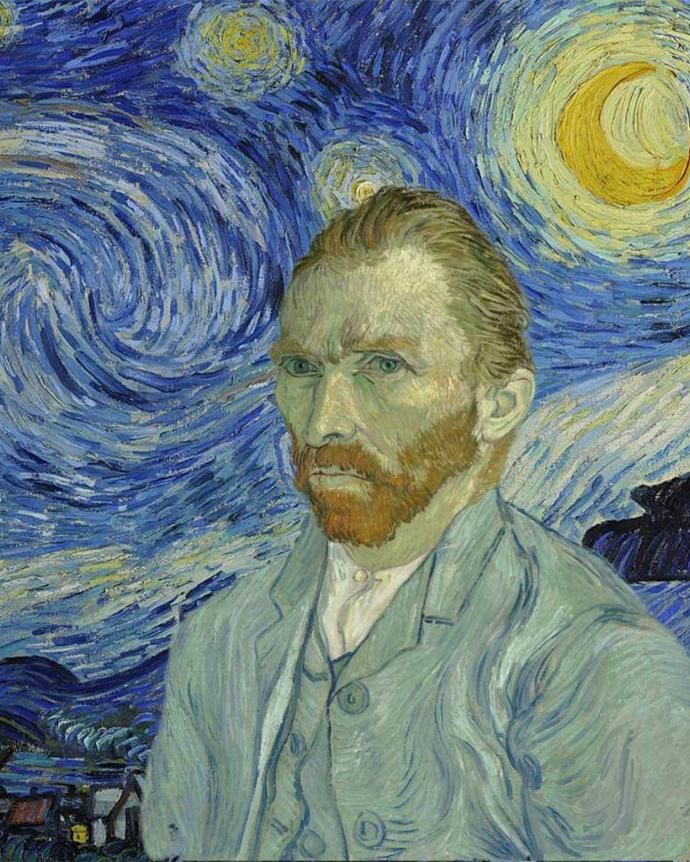Ekspozitë Performative
#4 - Written Cave
DATA: 19 Tetor - 7 Nëntor 2024
Një bashkëpunim midis Tirana Art Lab dhe Galerisë së Arteve Digjitale Korçë
Me pjesëmarrjen e: Enza Rripaj, Abi Shehu, Vasil Tole, Alexander Walmsley
Kuratore: Adela Demetja dhe Fabio Toska
Hapja: e shtunë, 19 tetor, ora 18:00
19.10–03.11.2024
Galeria e Arteve Digjitale Korçë
“Ekspozita Performative #4 - Shpella e Shkruar” bashkon veprat e katër artistëve bashkëkohorë nga disiplina dhe breza të ndryshëm: Enza Rripaj, Abi Shehu, Vasil Tole dhe Alexander Walmsley. Në qendër të veprave artistike të krijuara qëndron pasuria arkeologjike e rajoneve të Korçës dhe Devollit. Gjatë periudhës parahistorike, i gjithë territori i Korçës dhe Devollit përjetoi një zhvillim të rëndësishëm të jetës njerëzore, i cili reflektohet ende sot në numrin e madh të vendbanimeve në këtë zonë gjeografike. Pjesë e këtij hartimi janë edhe dy sitet arkeologjike, të cilat janë tregues të trashëgimisë sonë kulturore: pikturat shkëmbore në Shpellën e Shkruar dhe vendbanimi në shpellën e Trenit përballë Liqenit të Prespës së Vogël. Sipas studimeve, shpella e Trenit është përdorur pothuajse në mënyrë të vazhdueshme si vendbanim për 3 mijëvjeçarë, duke filluar nga epoka Neolitike (7000-3000 para Krishtit) deri në Mesjetën e Hershme (shekujt VI-VII pas Krishtit), ndërsa piktura shkëmbore në Shpellën e Shkruar, që ndodhet vetëm disa qindra metra larg shpellës, daton që nga Epoka e Bronzit, rreth 3,500 vjet më parë. Piktura shkëmbore paraqet një skenë gjuetie, ku dallohen njerëz që hipin në kuaj, të armatosur me harqe dhe të shoqëruar nga qen, të cilët së bashku ndjekin një dre. Falë përmbajtjes që mbart, kjo pikturë vlerësohet si një shembull unik i artit parahistorik për gjithë rajonin e Ballkanit. Për më tepër, peizazhi natyror që rrethon këto sitet arkeologjike është pjesë e Parkut Kombëtar të Prespës, që është strehë për shumë specie të rralla dhe florë të larmishme, duke ofruar një panoramë mahnitëse. Në gusht të këtij viti, një grup artistësh dhe kuratorësh zhvilloi një fazë kërkimore në zonën e Korçës dhe Devollit me qëllim krijimin e veprave të reja artistike. Rezultati i këtij angazhimi është Ekspozita Performative #4, ku ndërthuren realiteti virtual, video, muzika, fotografia, instalacioni dhe teksti. Marrja e frymëzimit nga arkeologjia dhe parahistoria, si dhe rivendosja e elementeve të tyre përmes perspektivës së artit bashkëkohor, paraqet një mundësi të shkëlqyer për angazhimin me trashëgiminë kulturore, veçanërisht pjesën e rëndësishme që ndodhet në hapësira periferike dhe të vështira për t’u aksesuar.
Në terma konceptualë, Ekspozita Performative #4 - Shpella e Shkruar eksploron lidhjen mes simbolizmit të shpellës (habitatit) dhe shkrimit (shenjës) duke rikthyer këto elementë arkaikë me mjete të reja. Ekspozita trajton rëndësinë e gjuhës si një mjet për të transmetuar forma arkaike të komunikimit. Ky koncept përputhet me teorinë e filozofit zviceran strukturalist Ferdinand de Saussure (1857-1913), i cili në fushën e semiologjisë prezanton një interpretim bilateral të shenjave si një akt komunikimi që ndan shenjuesin, i cili mund të jetë një fjalë, një imazh apo një tingull, dhe nga ana tjetër, të shënuarin, ose me fjalë të tjera, kuptimin që përcillet. Epiteti i shkruar (si në Shpellën e Shkruar) lind si një formë komunikimi në shoqëritë para-alfabetike, ku shkrimi alfabetik nuk ishte i njohur, por mesazhi transmetohej përmes shenjave dhe imazheve të ndryshme, të cilat pas një udhëtimi të gjatë në kohë, transformohen dhe shfaqen sot. Përmes veprave të krijuara, eksplorohet marrëdhënia diakronike mes motiveve të lashta dhe bashkëkohore, duke ndërthurur simbolizmin e shpellës si habitat dhe kalim nga drita në errësirë, nga brenda jashtë, si dhe shenjimin si një akt komunikues dhe i transmetueshëm.
Ekspozita Performative është një format i krijuar nga Tirana Art Lab – Qendra për Art Bashkëkohor me qëllimin për të zbuluar ekspozimin dhe për ta bërë publik jo vetëm procesin e krijimit artistik dhe kurimit përmes performativitetit, por edhe për të gjetur mënyra për të përfshirë në procesin e ekspozimit dhe mënyrat e prodhimit pas dhe përtej vetë ngjarjes. Koncepti i “Ekspozitës Performative” synon të gjejë mënyra të reja ekspozimi dhe kurimi që thyejnë tiparet e përkohshme/unikale të ekspozitës bashkëkohore dhe propozojnë mënyra të qëndrueshme bashkëpunimi.
Ky projekt mbështetet nga Ministria e Ekonomisë, Kulturës dhe Inovacionit. Faza e kërkimit dhe udhëtimi i Alexander Walmsley u mbështetën nga Culture Moves Europe, një projekt i financuar nga Bashkimi Evropian.











